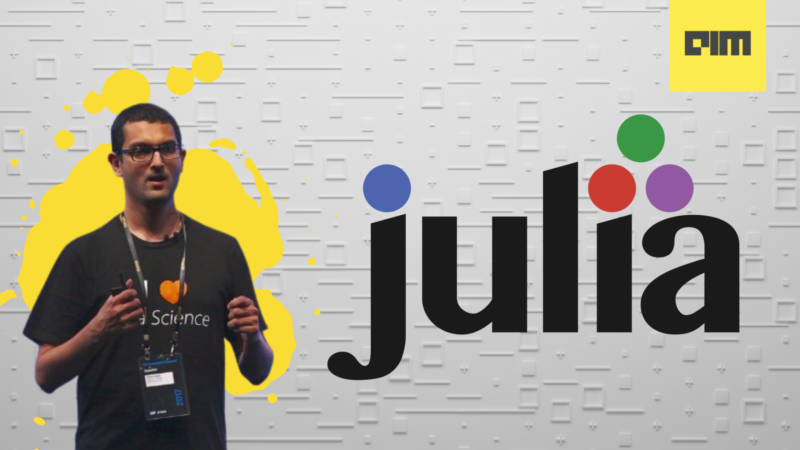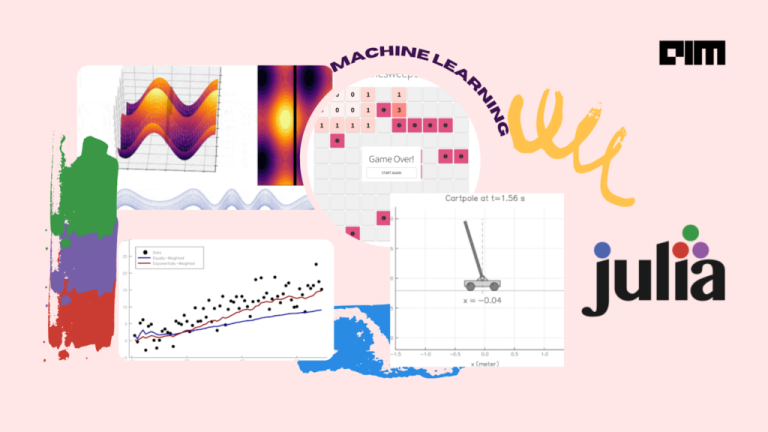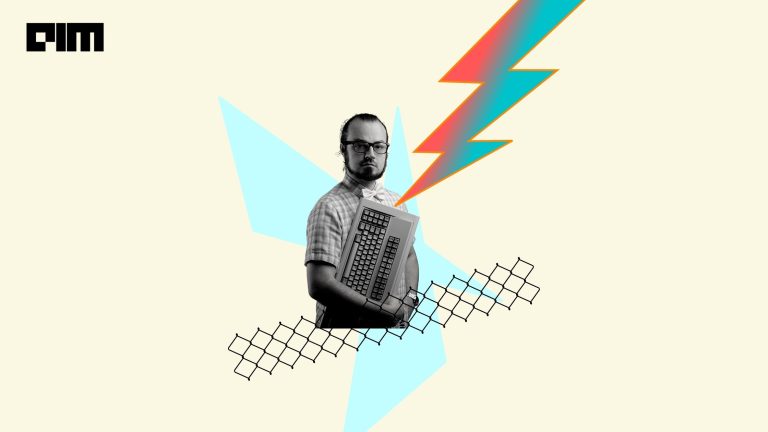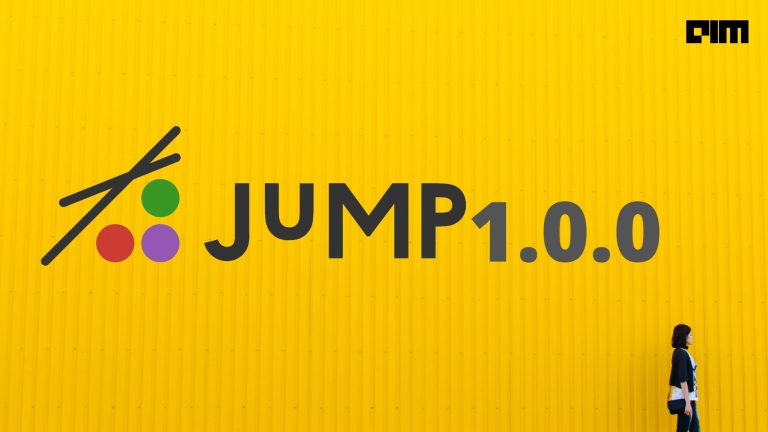Recently, Julia Computing announced the launch of JuliaSim, which is a cloud-based simulation reality platform for scientific machine learning in the cloud. According to sources, JuliaSim is a next-generation cloud-based modelling and simulation platform that combines the latest techniques from scientific machine learning with equation-based digital twin modelling and simulation. The modern ML-based techniques accelerate simulation by up to 500x, changing the paradigm of what is possible with computational design.
JuliaSim allows users to directly import models from its Model Store into their Julia environment, making it easy to build large complex simulations. The pre-trained machine learning models leveraging SciML are seamlessly integrated into the engineer’s workflow, saving both model development and simulation time.
With the help of JuliaSim, users can design their physical product and reduce iterations by creating high-fidelity designs, automatically transforming them into accelerated versions, and searching through vast parameter spaces.
Some of the advantages of JuliaSim are as follows-
- Accelerate with Surrogates: With JuliaSim, users can now generate fast approximate models using the latest techniques from scientific machine learning and model order reduction.
- Integrate with Uncertainty Quantification and Noise: Users can use advanced techniques like Polynomial Chaos and Koopman Operator approaches to create designs robust to uncertainty and stochasticity.
- Parameter Estimation and Optimal Control: Integrate with Julia’s differentiable programming for high-performance stable adjoints to accelerate parameter estimation and optimising controls.
- Model Discovery: Combine models with tools like DiffEqFlux and NeuralPDE to discover missing physics and generate digital twins.
- Specialised Numerical Environments: Use the latest numerical tools, like discontinuity-aware differential equation solvers, high-performance steady-state solvers, and domain-specific environments.
- Combine with Pre-Built Models and Digital Twins: Users can access the complete models from the JuliaSim Model Store and compose the pieces to accelerate the design process.



















































































